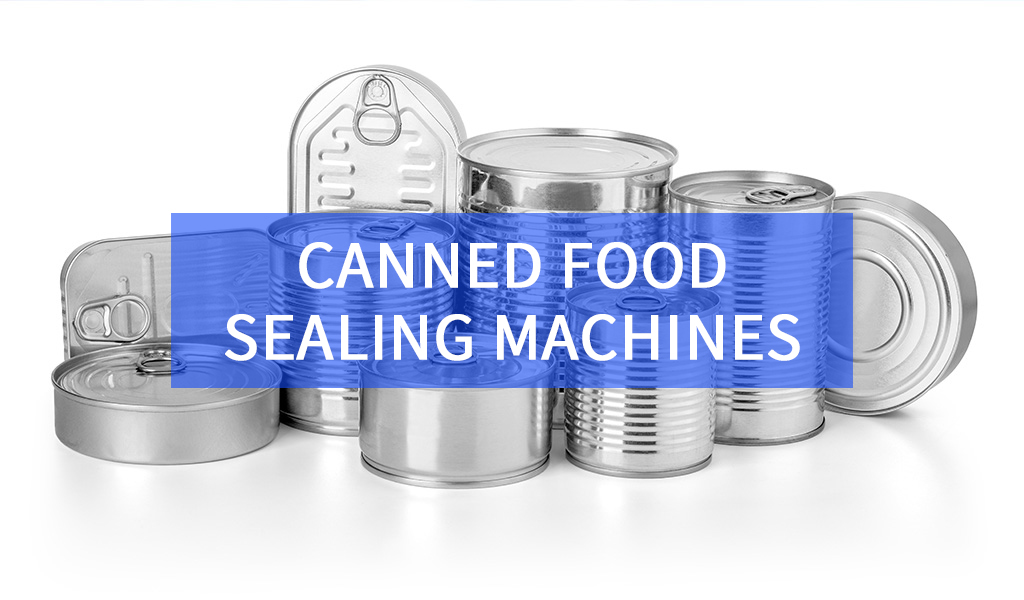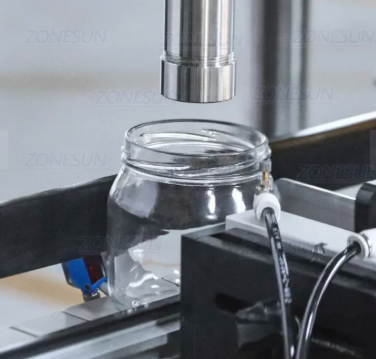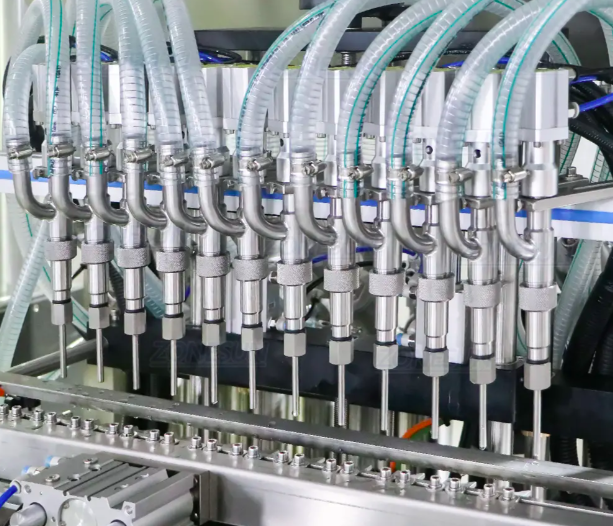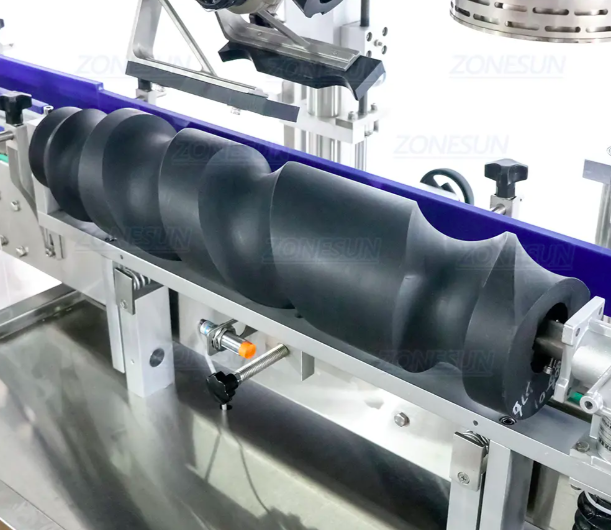Canned food sealing machines are technological devices engineered to meticulously seal containers in a way that their content is not affected by external contaminants. Their major components include seamer head (holds and supports the lid), base plate (keeps the can body in place during sealing), seaming rollers (airtight sealing), and sealing chambers. Some sophisticated food sealing machines also have vacuum rooms where leftover oxygen is removed from the sealed cans.

The degree of success of these machines determines the structural and organoleptic integrity of the food cans they seal. For business purposes, food vendors must choose the right type of can sealers to ensure that their foods stay fresh and wholesome for an extended period.
Classification of Can Food Sealing Machines
Based on their operational modes, food sealers can be classified into four. These include:
- Automatic Can sealers: These types are used in large industrial food companies and they require minimal human contact. Once the machines are supplied with sufficient lids, they automatically finish the sealing.
- Semi-Automatic Can Sealers: Some people simply call these types manual can sealers, and that’s because they require some human inputs to function.
- Contact Can Sealers: The operational model of these sealers requires that they come in contact with the cans they are about to seal. Most of these sealers use double seaming to seal.
- Non-Contact Can Sealers:-As implied by their name, they don’t interact with the can. Instead, they use induction sealing to bond heated aluminum foil on the can.
How Do Can Food Sealing Machines Work?
Of course, the sealing specifics may vary slightly depending on the type of can sealers you are working with. However, for most can sealers, the process begins with loading the cans into the seamer apparatus, which comes with a body curl and flange. Once the cans are loaded, the machine pushes them up to a chuck, where the lid is on top. The sealing proper takes place in three stages:
1. Initial Compression
For manual or semi-automatic food sealing machines, the commonly used method is vacuum sealing. For this initial compression stage, the machine ensures the cans are set for double seaming by supplying the necessary force to keep them firm to the seamer head.
2. First Roller Operation
Here’s where the machine folds the curl of the lid into the flange of the cans. It is the stage where the seam’s integrity is monitored to avoid leakages and ensure tightness. As the roller navigates towards the seamer head, the flange comes behind, ensuring that the cans and lids are interlocked.
3. Second Roller Operation
The sealing is now at the third and final stage where the roller removes loose seams and ensures the cans are leakproof. It does this by compressing the hooks formed initially and supplying a sealing compound on the cans.
Wrapping Up
Food sealing machines, especially can sealers, have revolutionized food storage and sales, ensuring that perishables and highly-proteinous food can stay fresh and fit for consumption days after their preparation. No matter the growth stage, there is a can of food sealer suitable for every business.



